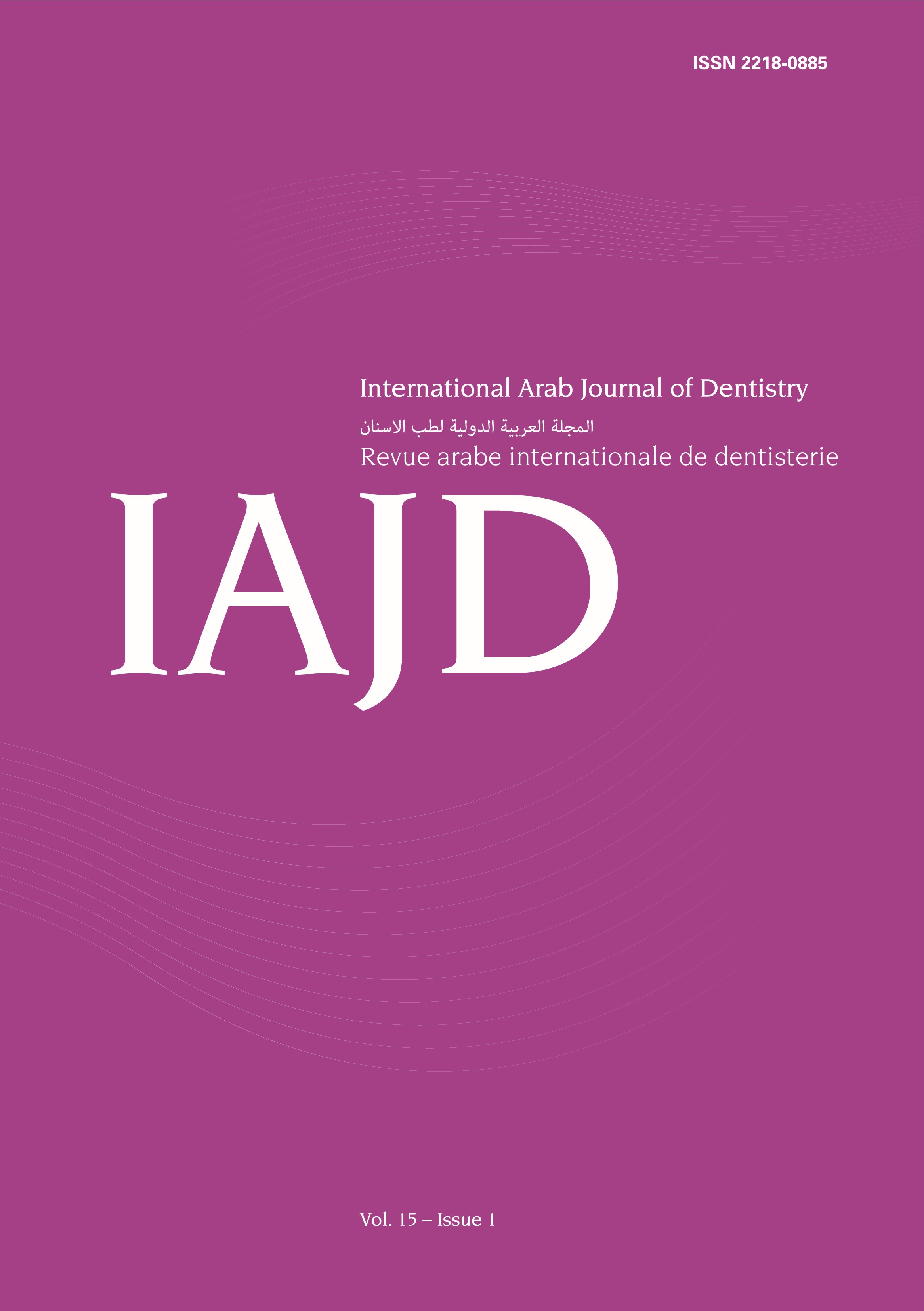Abstract
Objectives: This study aimed to assess soft and hard tissue changes occurring 6 and 12 months after guided implant placement into extraction sockets and immediate temporization in the esthetic zone.
Methods: Eight patients requiring single immediate implant placement in the anterior mandible or maxilla were included in this study. A traumatic extractions were performed using ultrasonic instruments and implants were placed into extraction sockets following digitally guided surgery. Gap between implants and buccal bone plate was filled with allogeneic bone substitutes. Implants were immediately temporized with pre-prepared PMMA crowns. Cone Beam Computed Tomography and digital impressions were done pre-operatively, immediately following surgery and at 6 and 12 months and were used to compare hard and soft tissue retraction at these time points. Changes in buccal bone thickness at 0, 2 and 4mm from implant neck were measured using ITK-Snap software and soft tissue profile changes were measured using the Blue-Sky software. Two-way repeated measures analysis of variance and one-sample t tests were conducted to analyze data.
Results: All eight implants were successfully osseointegrated. Mean buccal Bone thickness at implant neck level was 1.90mm after 12 months and at 2 and 4mm apical to the neck bone thickness was respectively 1.88 and 1.56mm. When comparing bone retraction at implant neck level at different time points, a statistically significant buccal bone thickness reduction of 0.56 ± 0.66mm was observed between 0 and 6 months (p=0.049), as well as a reduction of 0.32 ± 0.37mm between 6 and 12 months (p=0.046). However, at the 2 mm and 4 mm levels, no statistically significant reduction appeared in buccal bone thickness at 6 and 12 months (p>0.05). Soft tissue profile measured facing implant neck was significantly reduced by 0.45 ± 0.39mm (p=0.014) between 0 and 6 months, and by 0.52 ± 0.59mm between 6 and 12 months.
Conclusion: Immediate implant placement and temporization using digitally guided approach is a reliable technique in the esthetic area. Following gap grafting, minimal hard and soft tissue contour remodeling was observed with an optimal residual buccal bone thickness, allowing the maintenance of a stable emergence profile at 12 months.

